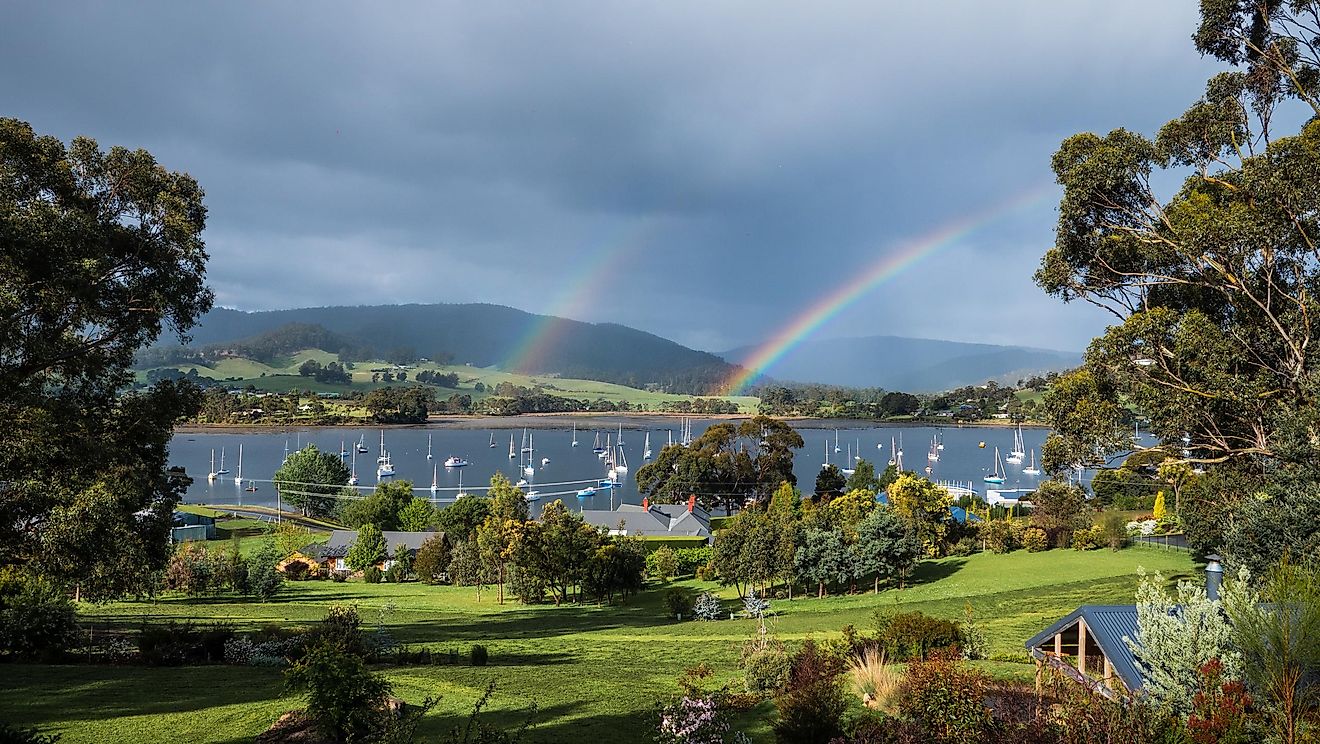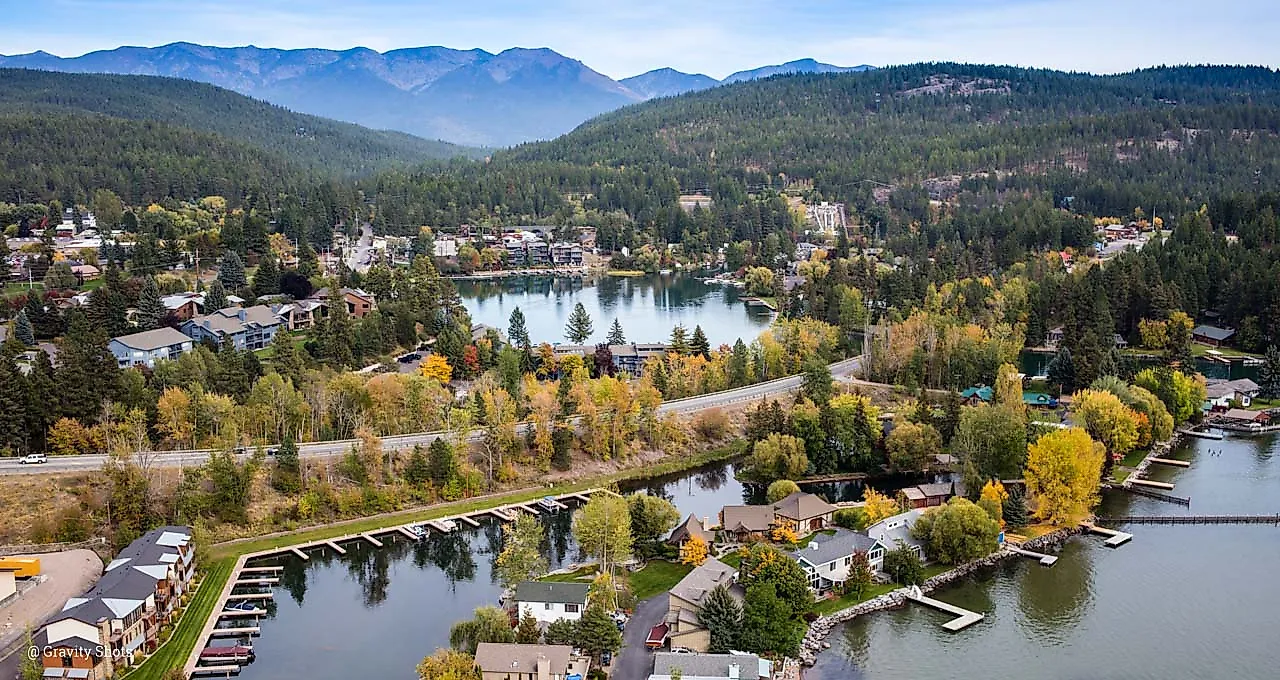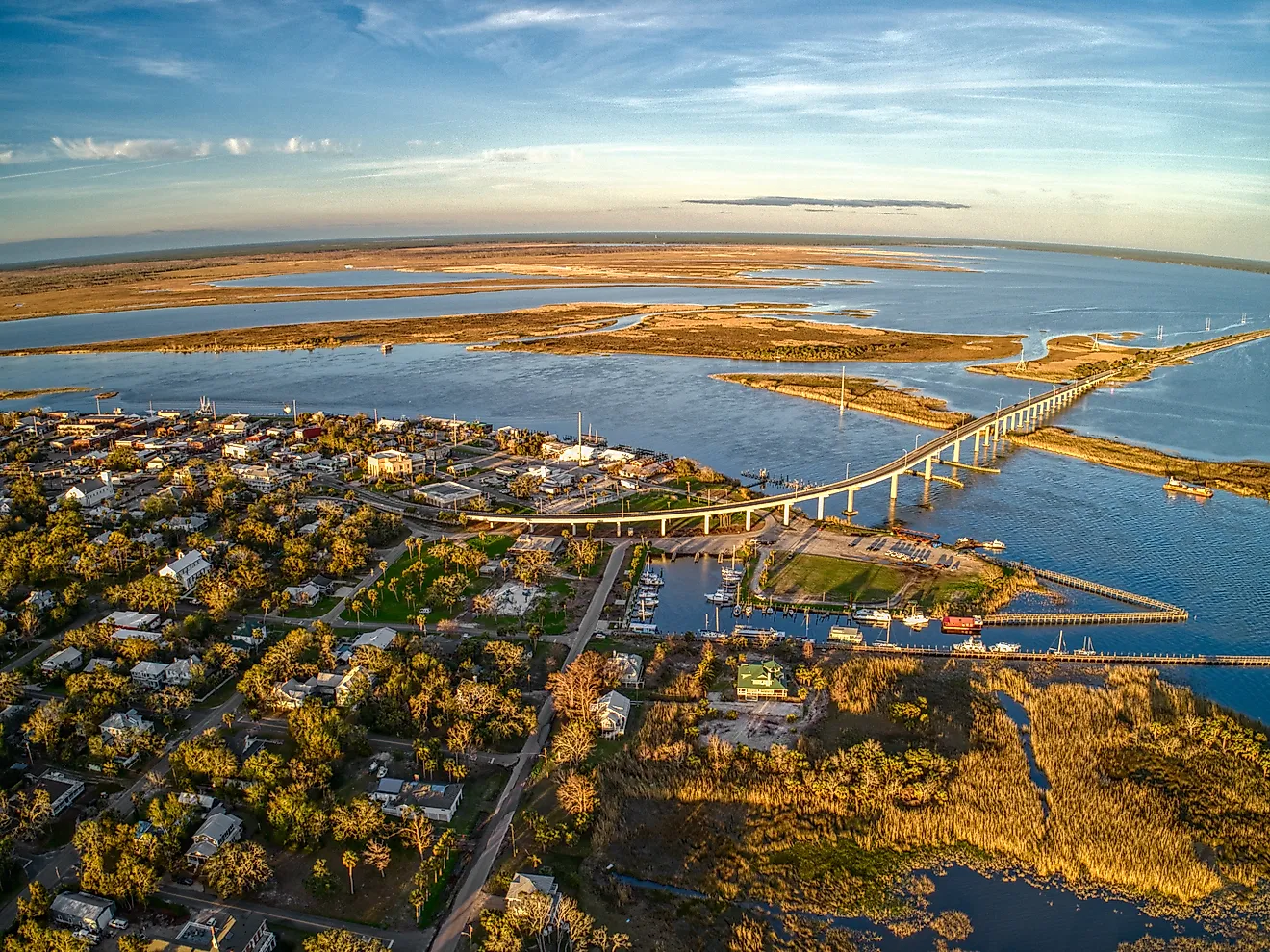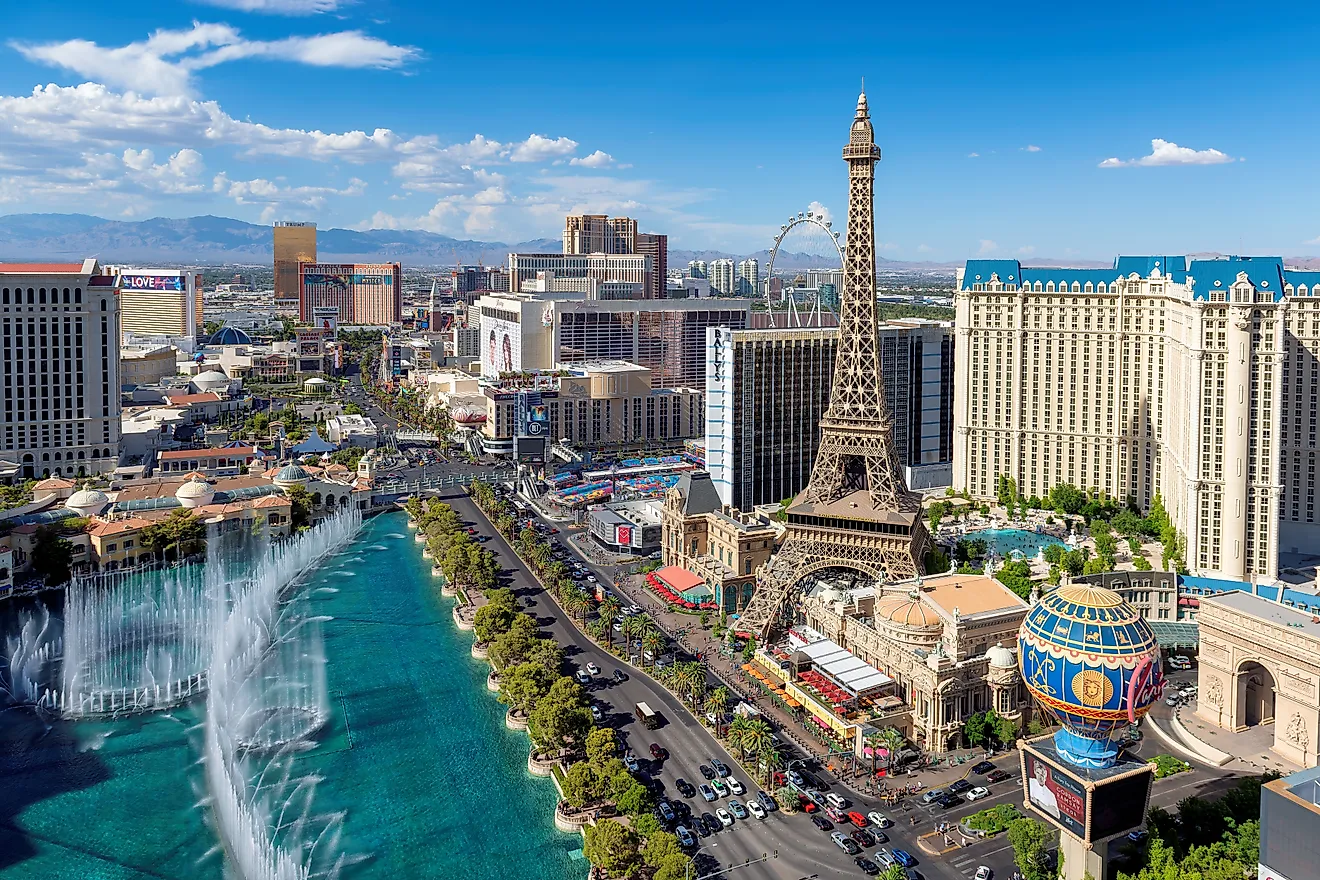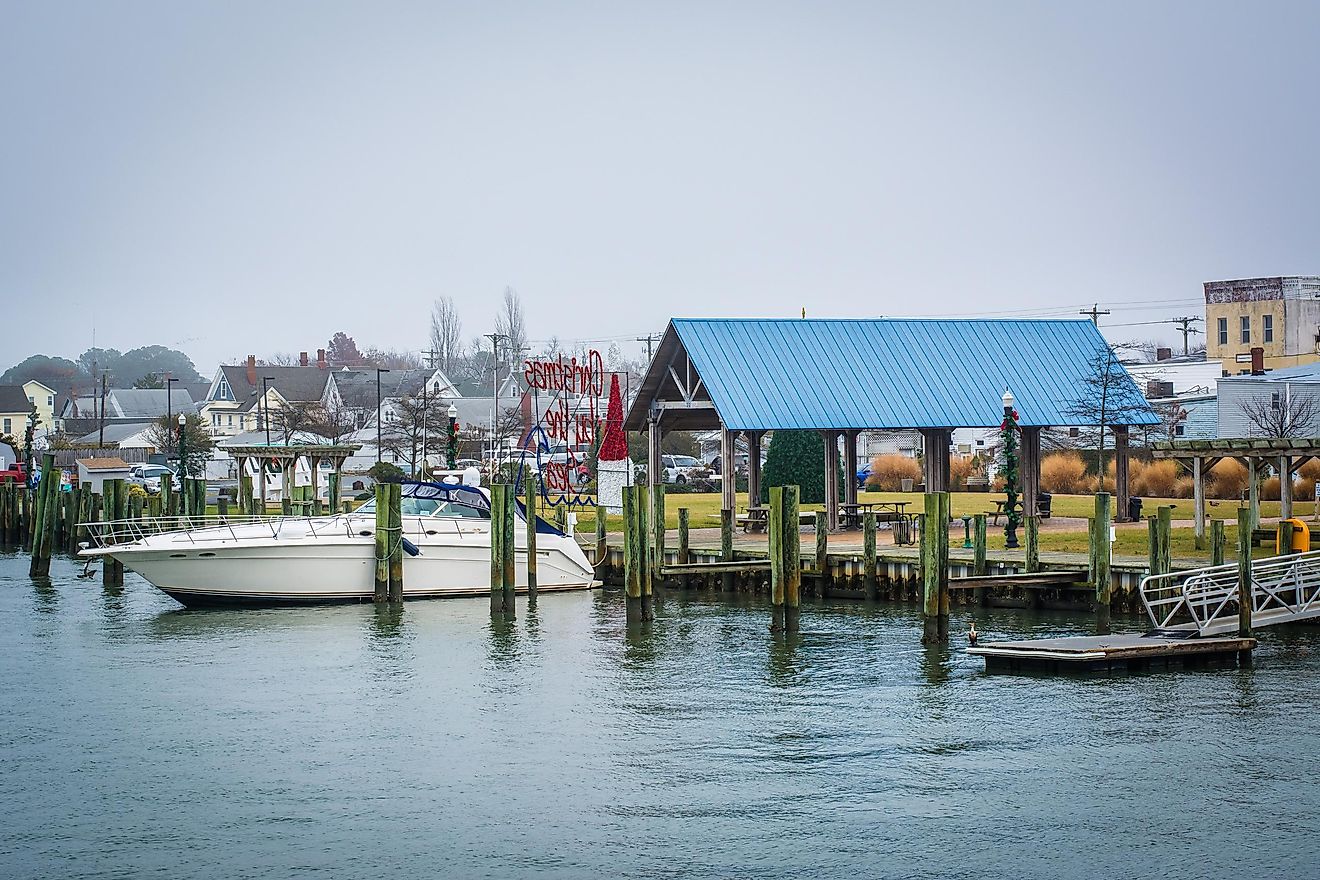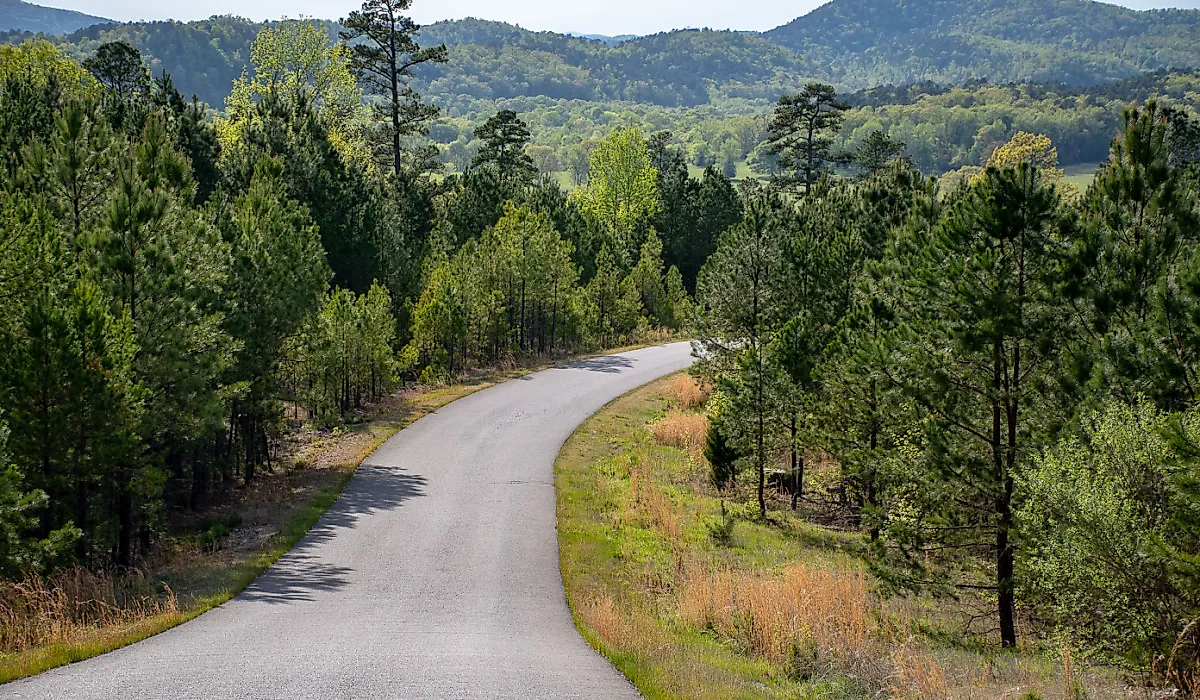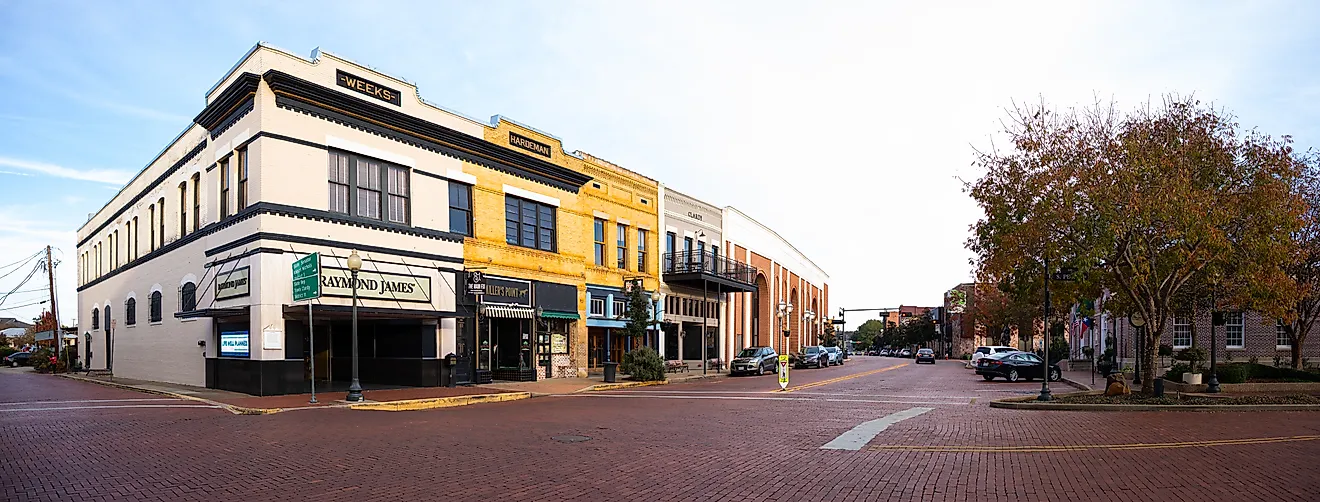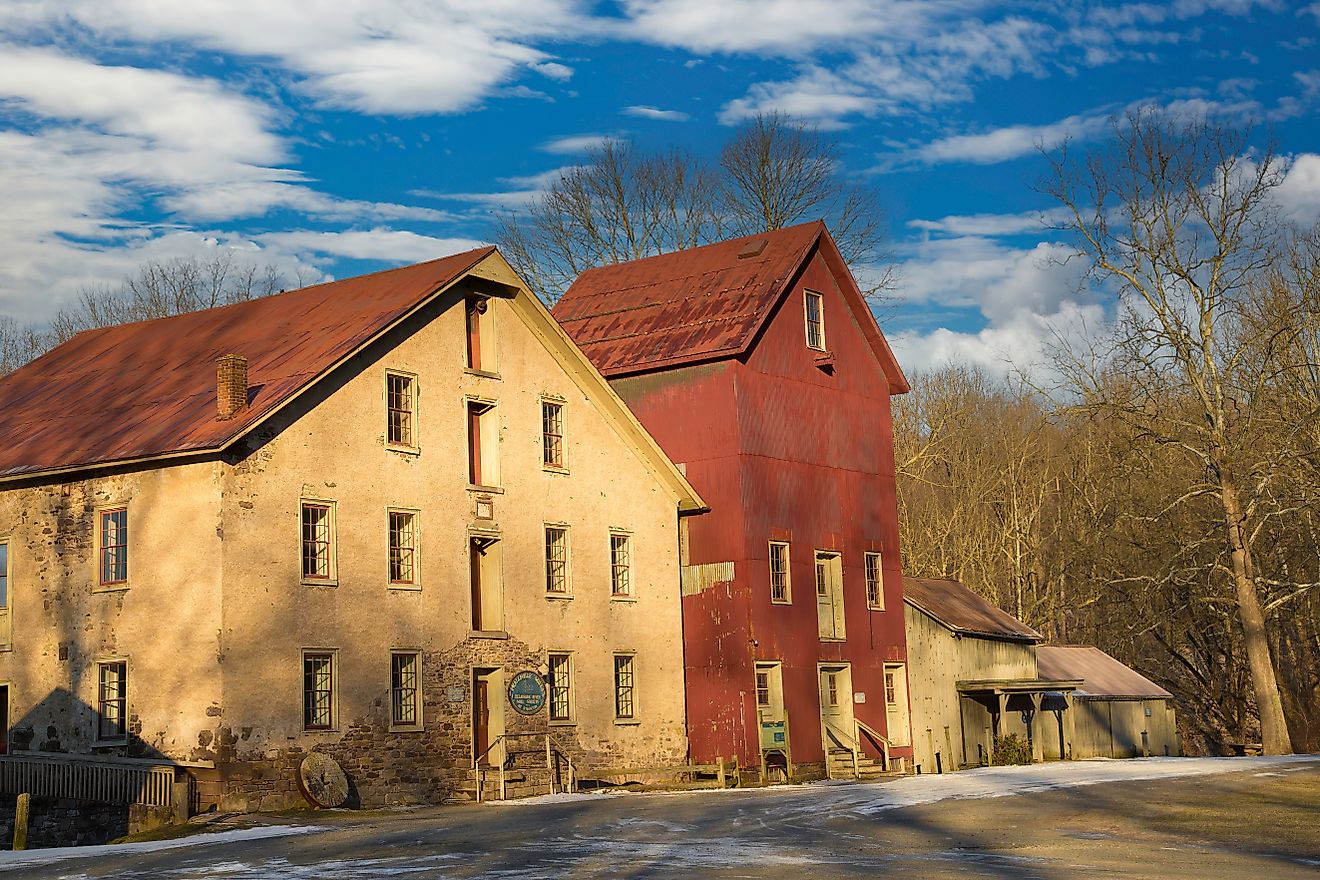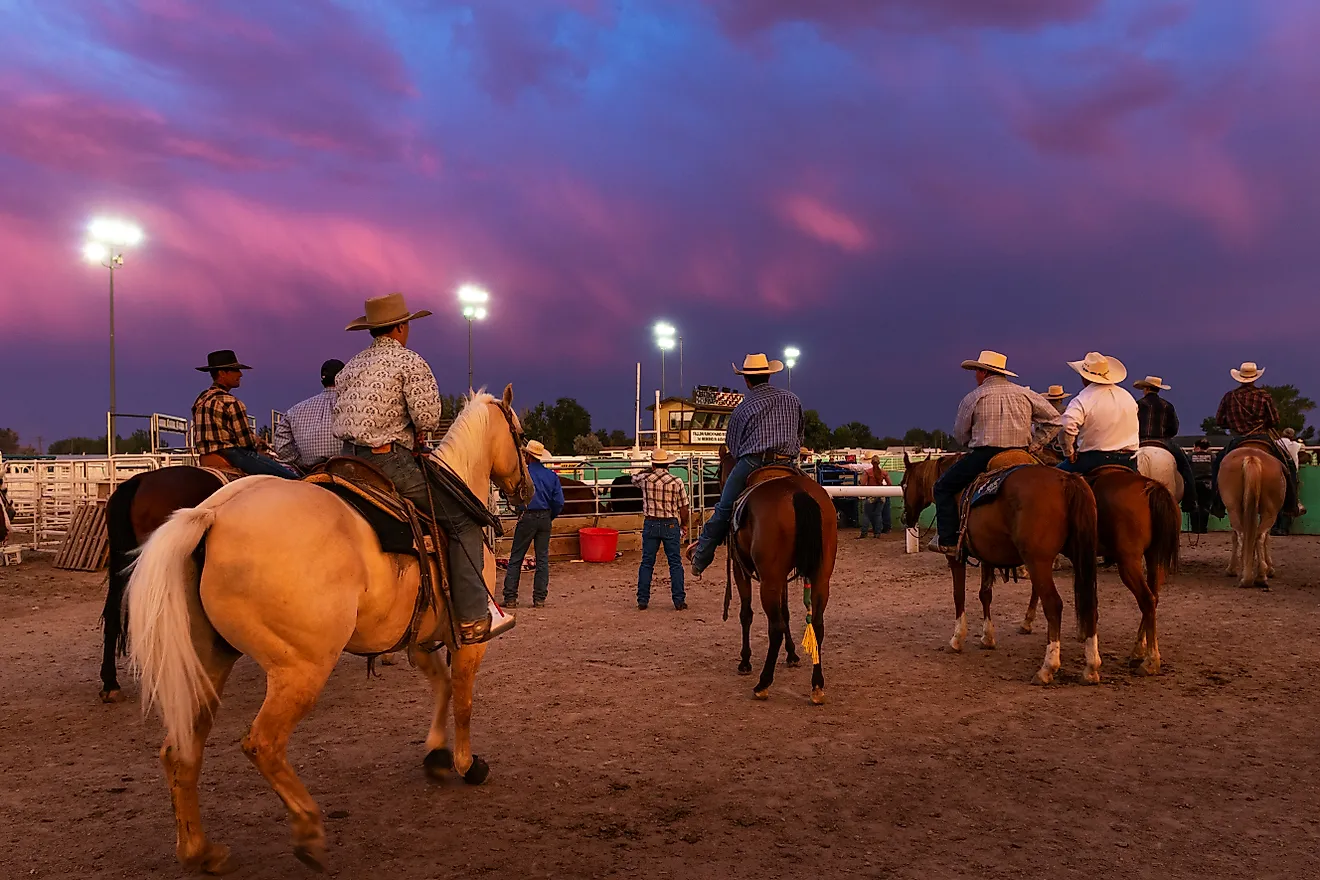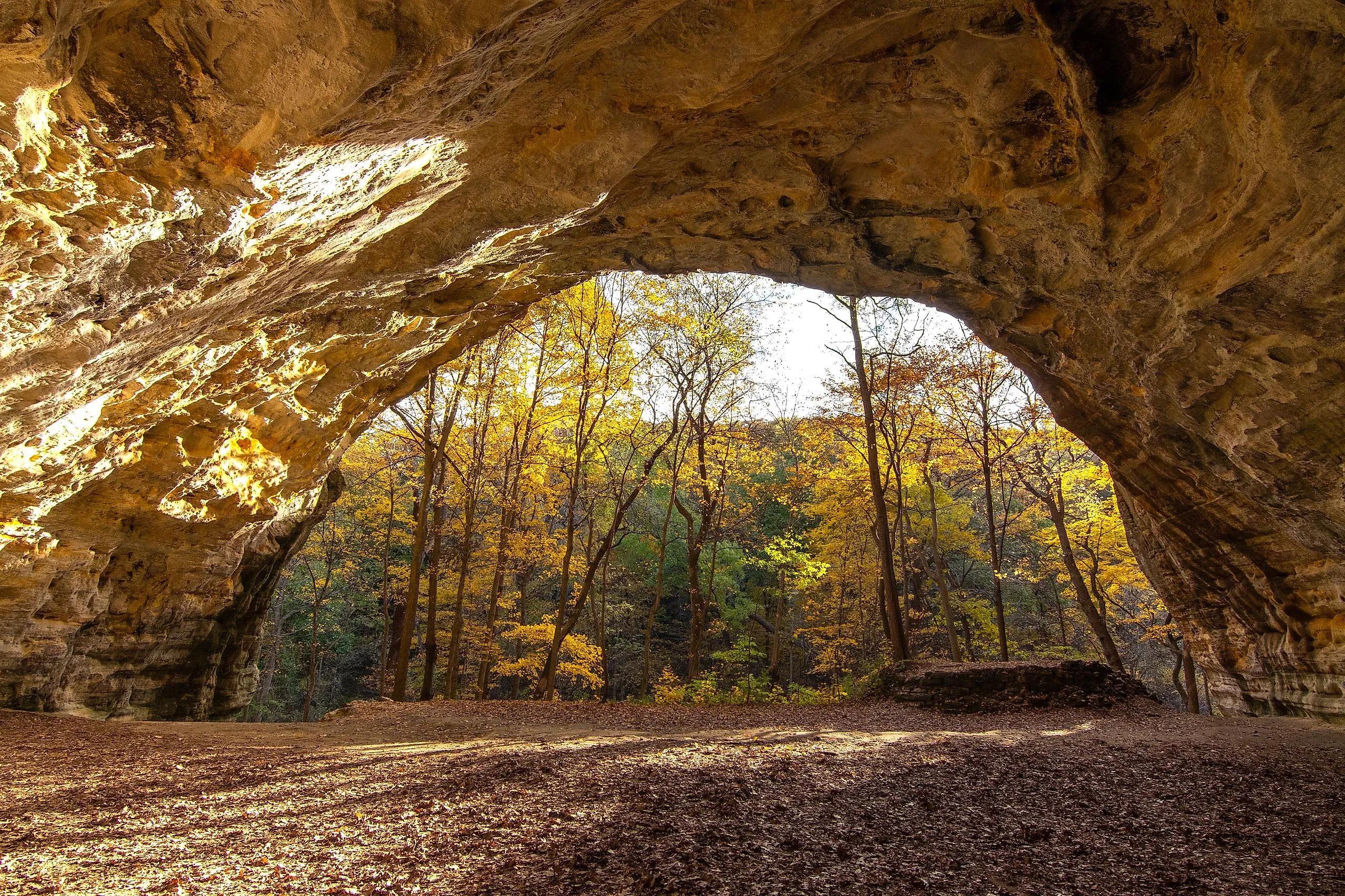
5 National & State Parks In Illinois You Have To Visit
Illinois’s various parks preserve a wide range of landscapes, from ancient river bluffs and glacial canyons to rare prairies and historic industrial districts. These sites protect not only natural habitats but also landmarks that shaped the state’s cultural and economic history.
Whether exploring the great outdoors, hiking along Lake Michigan’s shore, or walking streets tied to the region's storied past, each of these destinations offers a distinct perspective on the Midwest's most populous state.
Starved Rock State Park
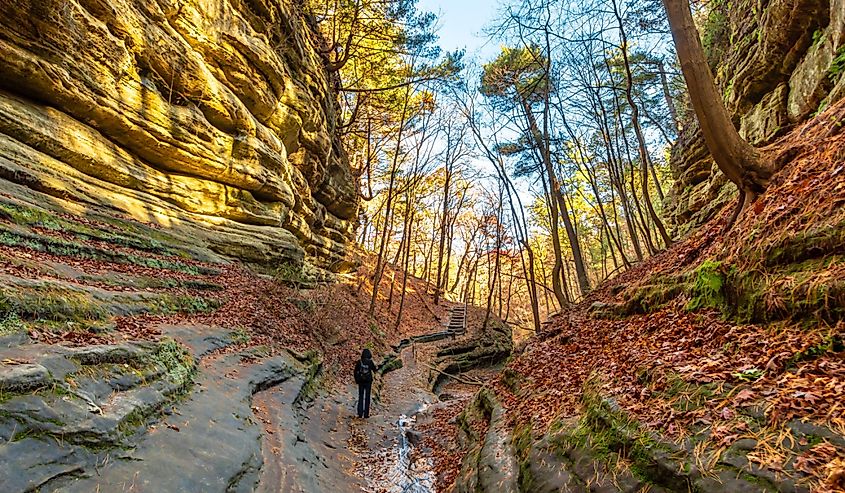
Located along the Illinois River near Utica Township, Starved Rock State Park is the most visited state park in Illinois and a significant natural landmark in the Midwest as a whole. Open year-round, it is a major draw for hikers, photographers, and nature enthusiasts alike in every season.
Covering about 2,630 acres, the park is best known for its deep sandstone canyons formed by glacial meltwater thousands of years ago. Eighteen canyons in fact, including St. Louis, Wildcat, and French Canyon, feature seasonal waterfalls that flow strongest in spring and after heavy rains.
Furthermore, the park boasts 13 miles of marked trails, providing access to various scenic overlooks, namely Lover’s Leap and Eagle Cliff, which give wide-ranging views of the Illinois River Valley below. Wildlife is also abundant here, so keep your eyes peeled for white-tailed deer, bald eagles in winter, and various migratory birds that are regularly sighted.
Starved Rock also holds significant cultural significance. The area was once home to Native American tribes, and the park’s name references a 1760s legend involving the Illiniwek people. Today, the park’s historic lodge, built in the 1930s, remains a popular destination for visitors to check out, and a way to explore the history of the earliest days of this popular state park.
Giant City State Park
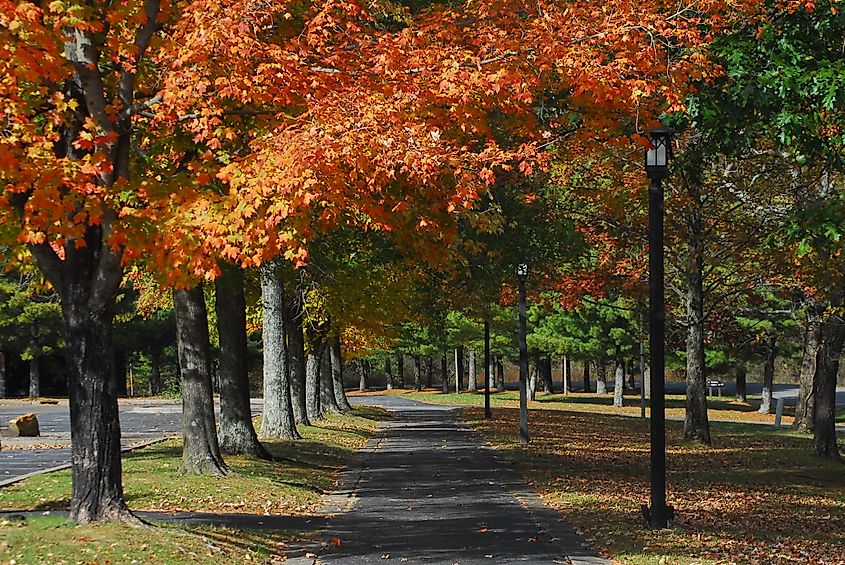
Situated in the greater Shawnee National Forest region, Giant City State Park spans more than 4,000 acres and is recognized for its massive rock formations that resemble the streets of a stone “giant city.” These formations, some dating back over 300 million years, were actually shaped by natural erosion and create a distinct geological landscape uncommon in Illinois.
This park features an extensive trail system, with the Giant City Nature Trail being the most well-known. This short loop winds through narrow passageways between towering rock walls, providing an immersive experience of the park’s signature terrain. Other trails lead to various bluffs, pristine woodlands, and even a few seasonal wildflower displays.
In addition to its natural attractions, the park has a 1930s-era lodge built by the Civilian Conservation Corps, which remains in use today. Also offering rock climbing, horseback riding, and educational programs created by local and state park systems, Giant City State Park is a prime example of southern Illinois’s distinctive natural and cultural landscape.
Mississippi Palisades State Park

Resting close to the small city of Savanna in northern Illinois, Mississippi Palisades State Park encompasses 2,500 acres along the mighty Mississippi River, and is renowned for its towering bluffs and other interesting rocky patches throughout. The limestone cliffs found here rise hundreds of feet above the river, giving those who ascend them expansive views of the waterway and surrounding valleys.
The park contains 15 miles of hiking trails, ranging from easy riverside walks to challenging climbs leading to overlooks such as Lookout Point and Sentinel Point. While strolling around, be on the lookout for migrating birds and deer, foxes, and wild turkeys that are common year-round.
This area contains remnants of Native American earthworks, too, and was part of a major trade route long before European settlement. Several trails pass by these archaeological sites, allowing visitors to connect natural scenery with human history.
Matthiessen State Park
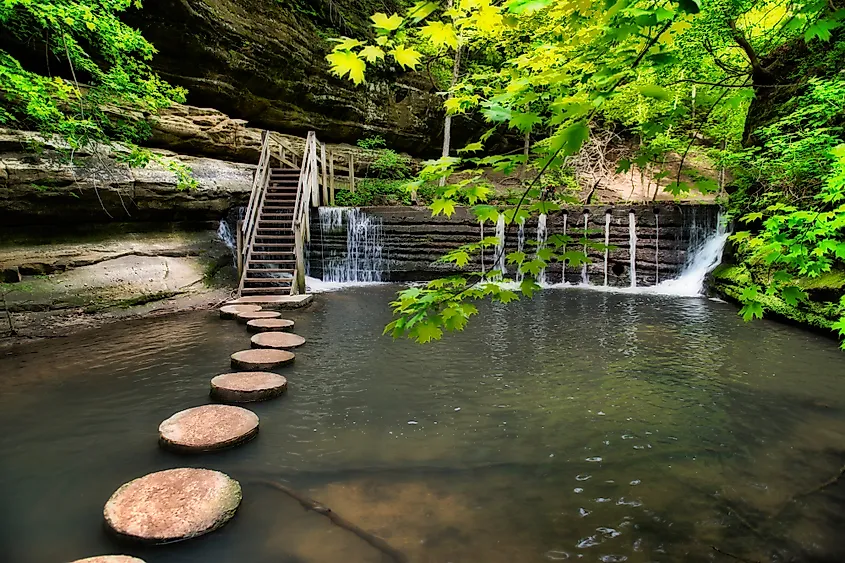
Hosting a variety of landscapes, like forests, prairie, and deep-cut canyons, is a nice little counterpart ot Starved Rock, just about a 2-hour drive outside of Chicago. While often overshadowed by the other, much more popular nearby state park, it has a wilder, less commercial character.
The park’s centerpiece is a series of canyons carved into the St. Peter Sandstone, a regional geological feature linked within the park by wooden bridges and stairways. Moreover, Water from Cascade Creek forms the Upper and Lower Dells, where seasonal waterfalls spill into pools ringed by moss-covered rock.
The overall terrain changes abruptly, however. One moment, you may move through shaded canyon floors; the next, you could emerge into open prairie dotted with native wildflowers. Trails vary in difficulty, with some requiring careful footing along wet stone, so try to bring good footwear if possible.
Matthiessen’s long-standing history includes use as a private estate in the late 1800s, when it was landscaped with trails and bridges before eventually being donated to the state.
Pullman National Historical Park
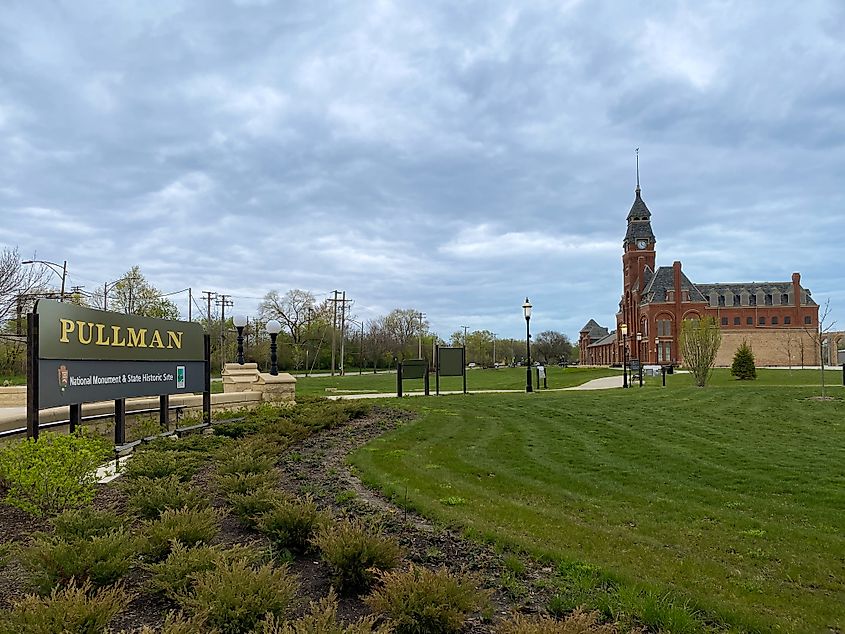
On Chicago’s South Side, Pullman National Historical Park preserves one of the most significant planned industrial communities in the United States. Established in the 1880s by industrialist George Pullman, the neighborhood was designed to house workers of the Pullman Palace Car Company, which manufactured luxury railroad sleeping cars. Architect Solon Beman and landscape designer Nathan Barrett then created a community that integrated housing, green spaces, and civic buildings into a cohesive layout that can still be seen today.
The district became a focal point of national labor history. In 1894, the Pullman Strike began here, a pivotal event that led to federal intervention and increased labor movement awareness, coinciding with the establishment of Labor Day as a national holiday. Now, many original brick rowhouses, the Hotel Florence, and the company’s Administration Building remain, giving you an intact example of 19th-century industrial planning.
This national park, one of the few in the state, includes a visitor center in the restored Administration Building, exhibits on labor relations and industrial innovation, and walking tours of the historic streetscape. It officially became a National Historical Park in 2022.
See The Wonders of Illinois Today
From rugged canyons to preserved historic neighborhoods, Illinois’s many parks each highlight the state’s variety of landscapes and layered history. Each site mentioned above reveals something new and interesting, whether carved by glaciers, shaped by industry, or protected for rare habitats. Visiting them offers a deeper understanding of this central region of the Midwest, where natural beauty and cultural heritage are preserved side by side for future generations.

